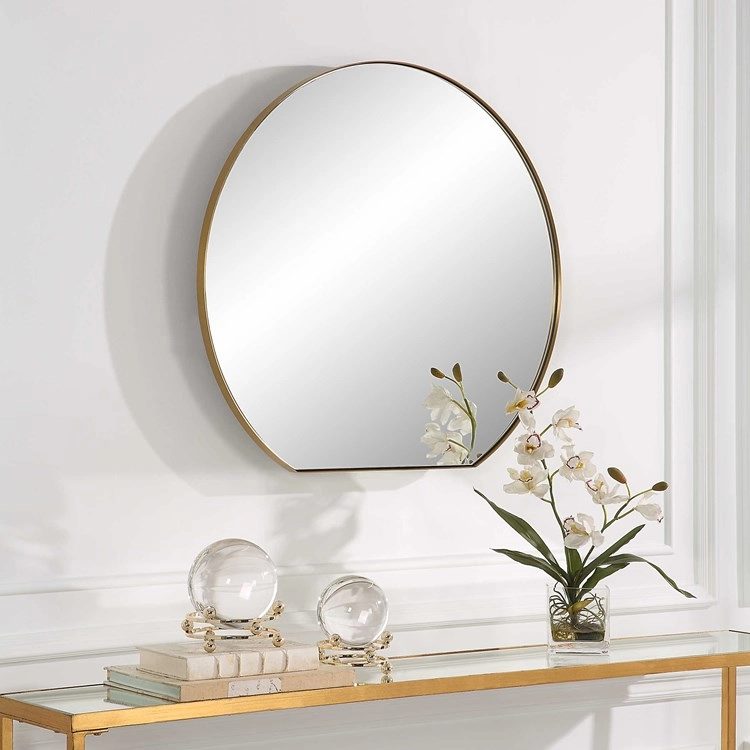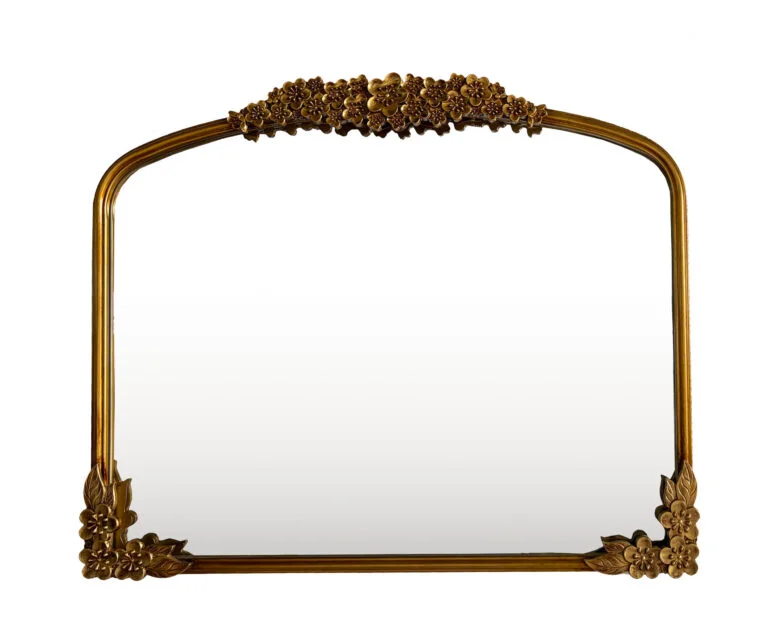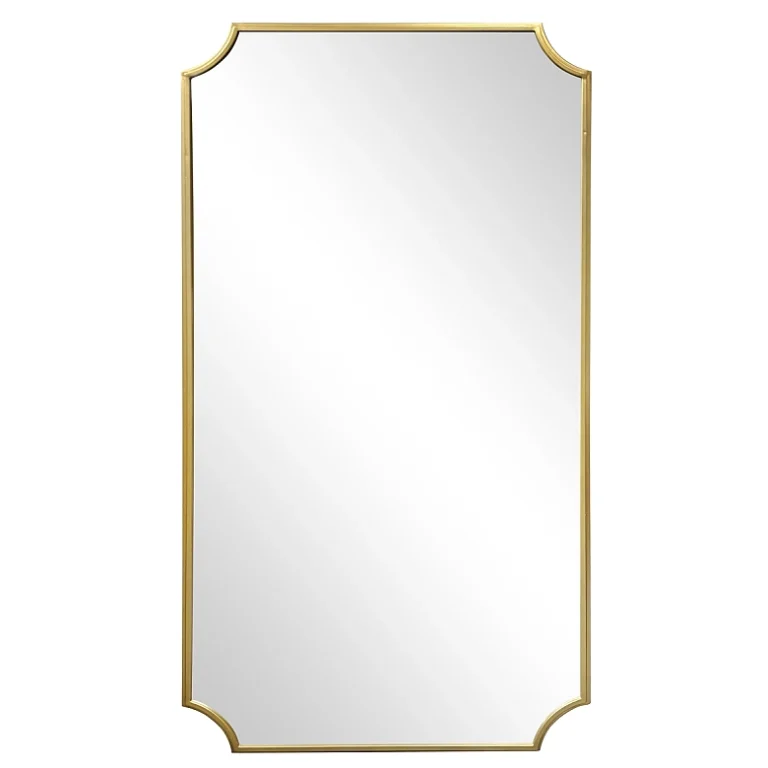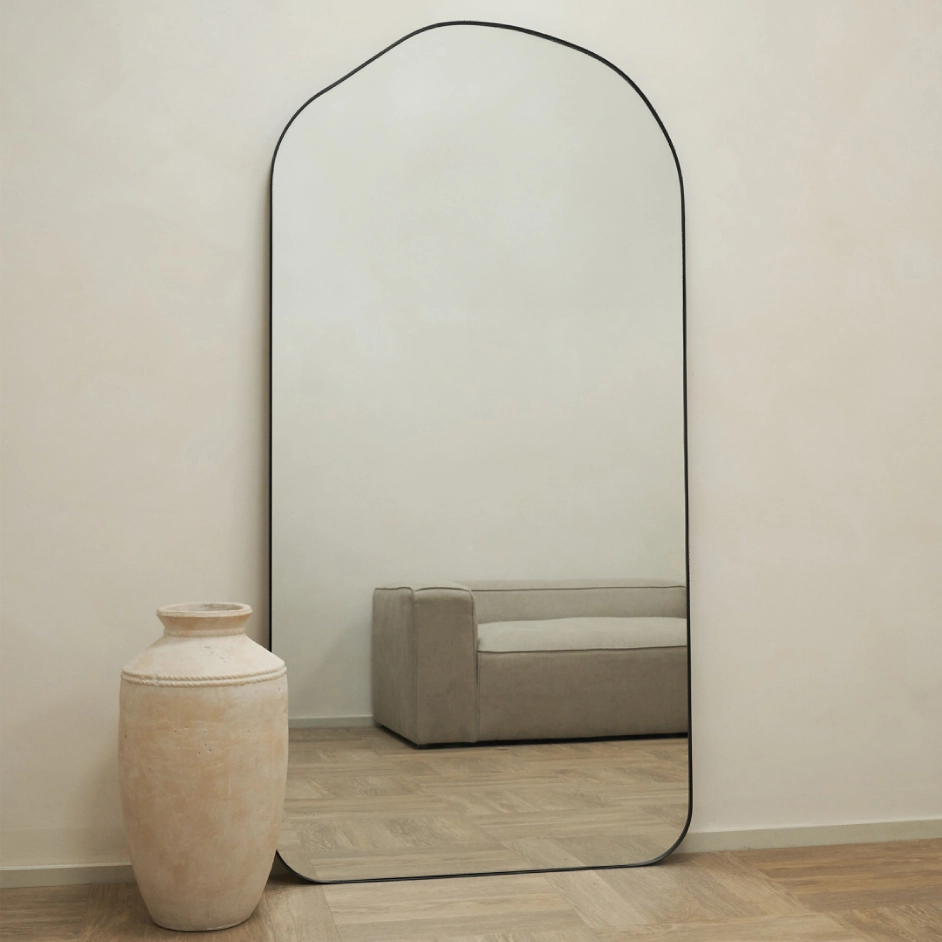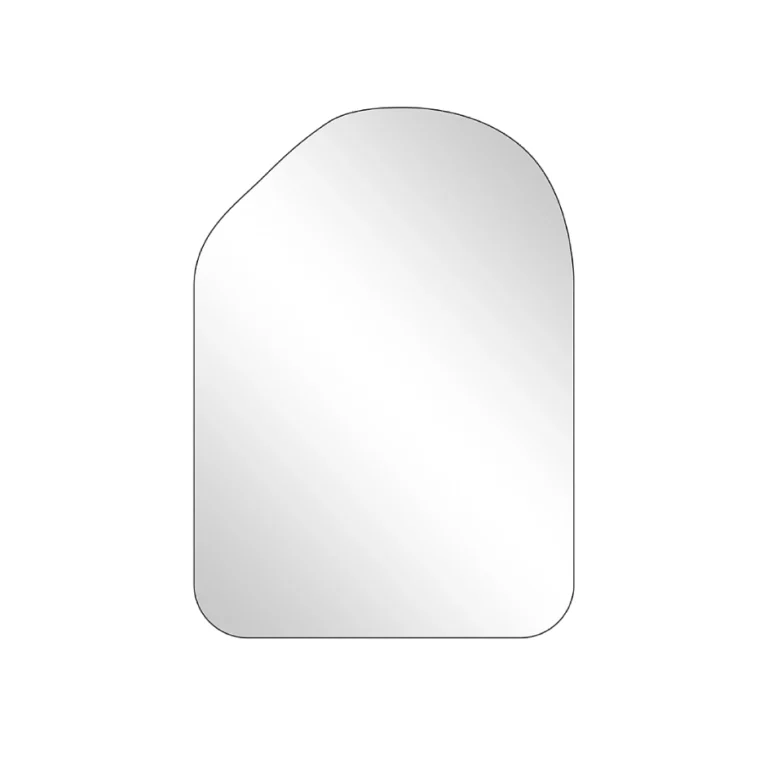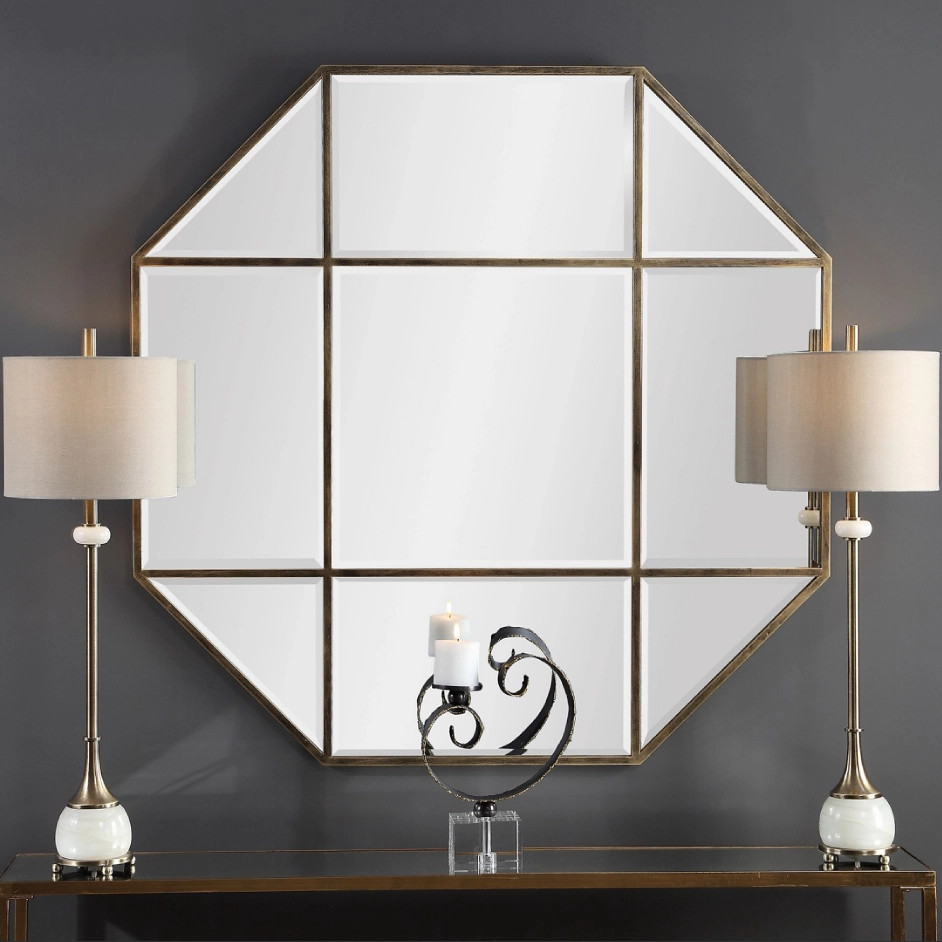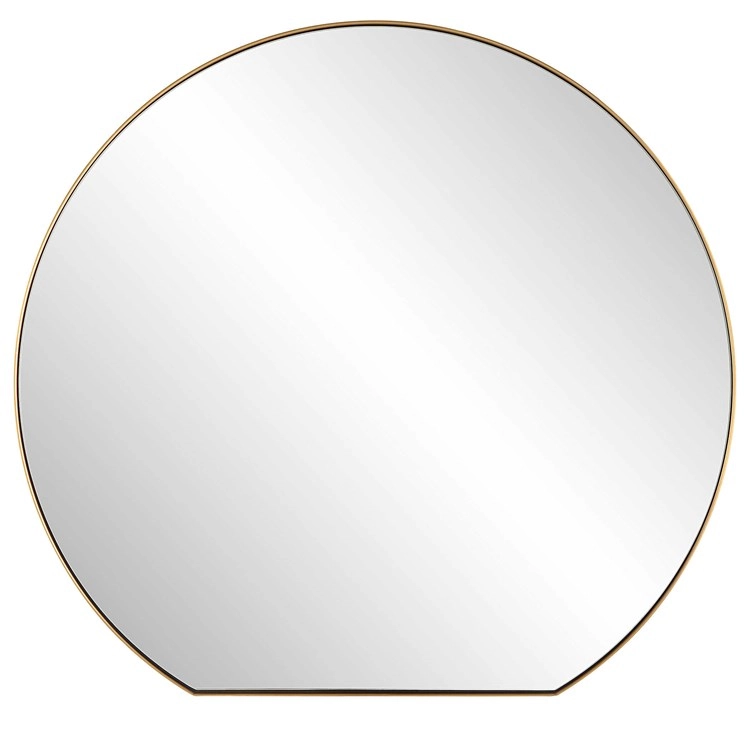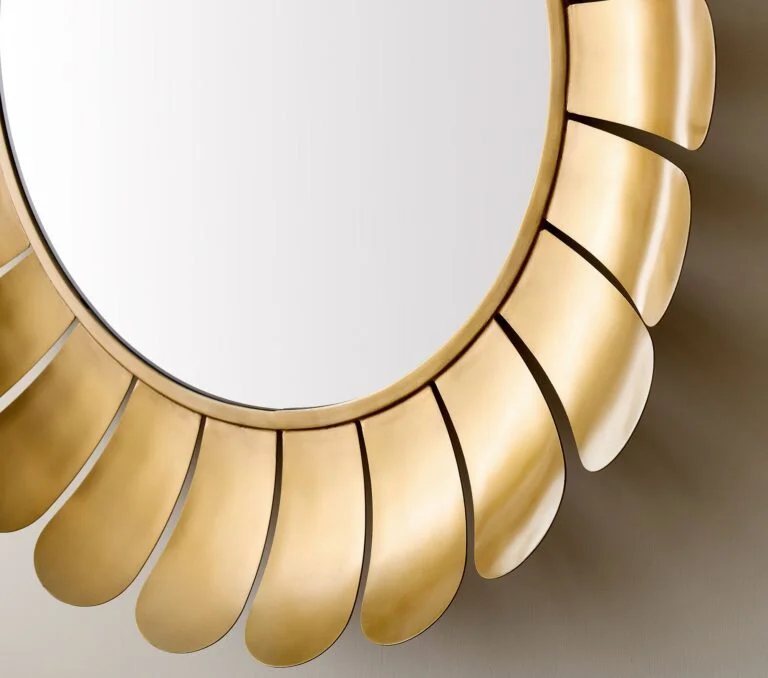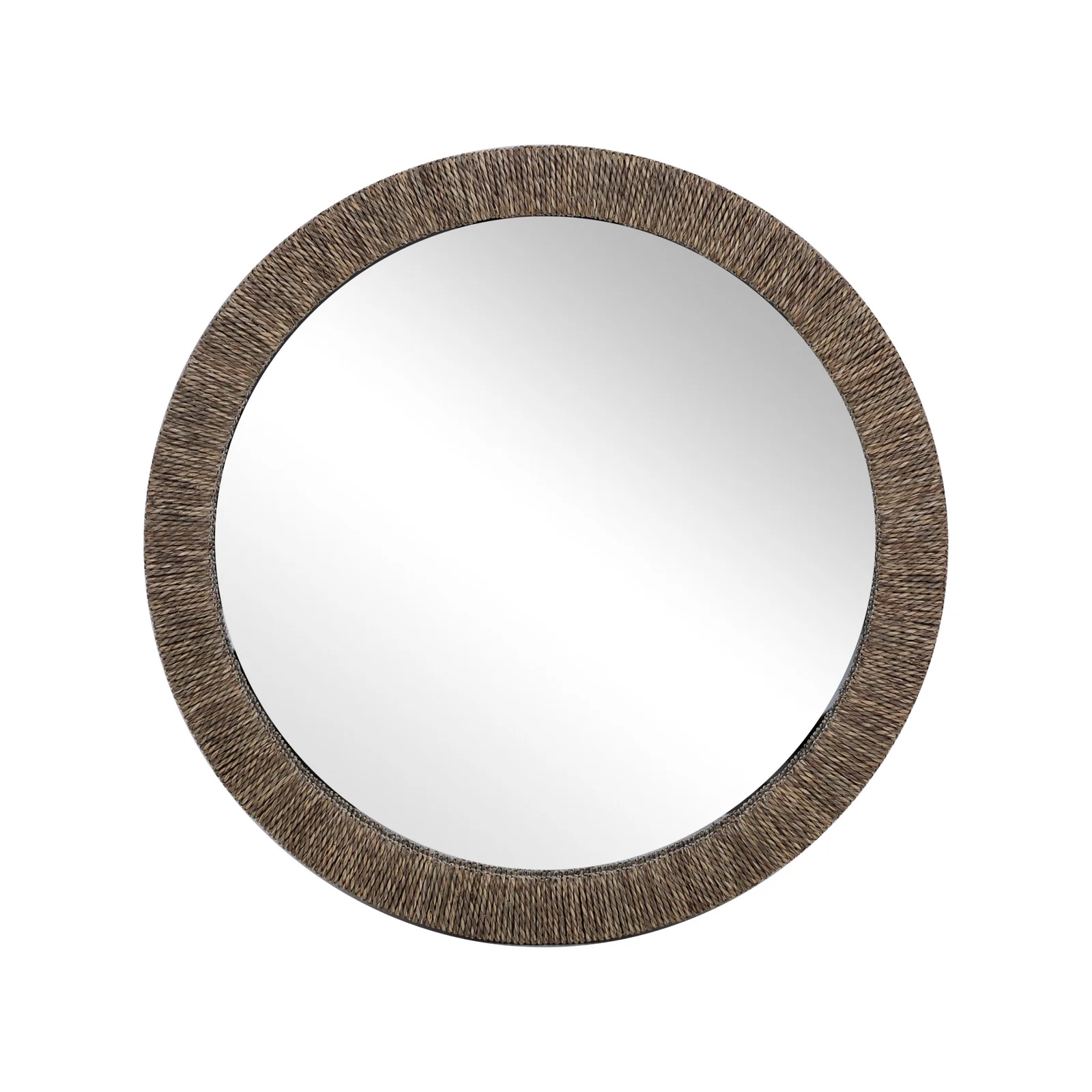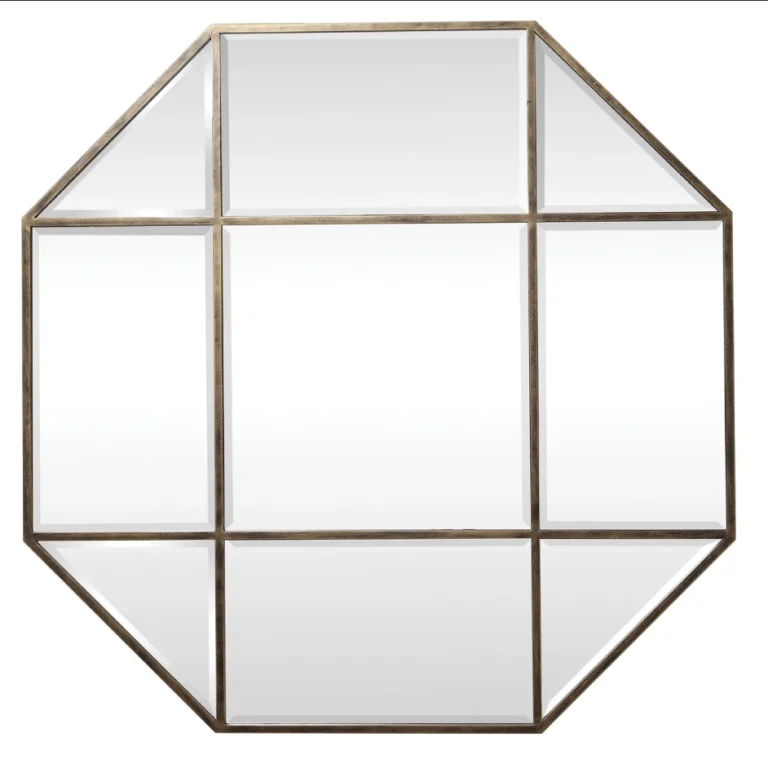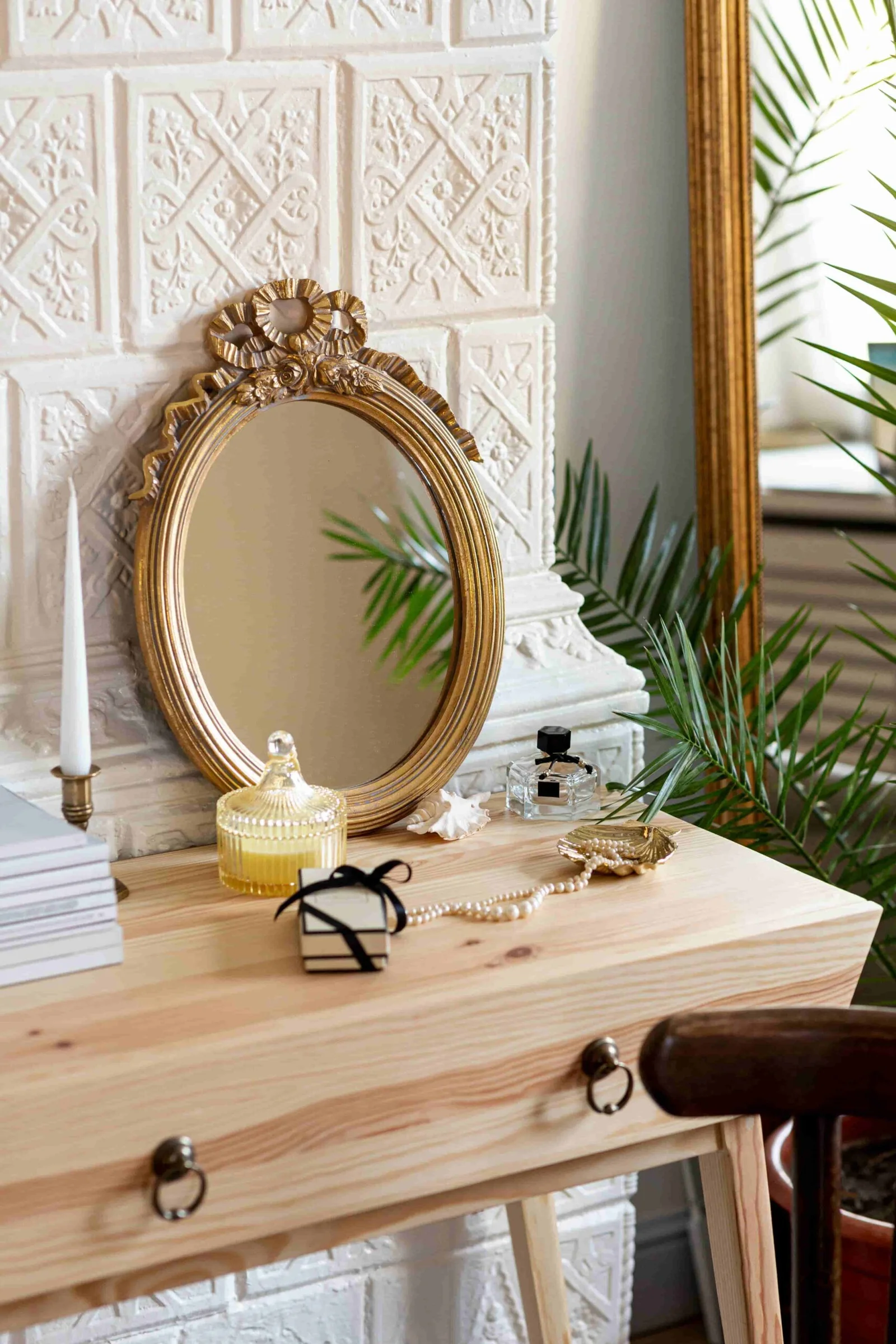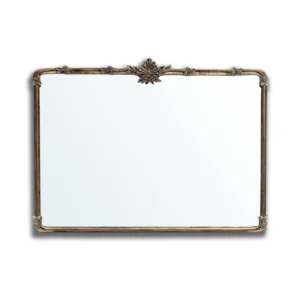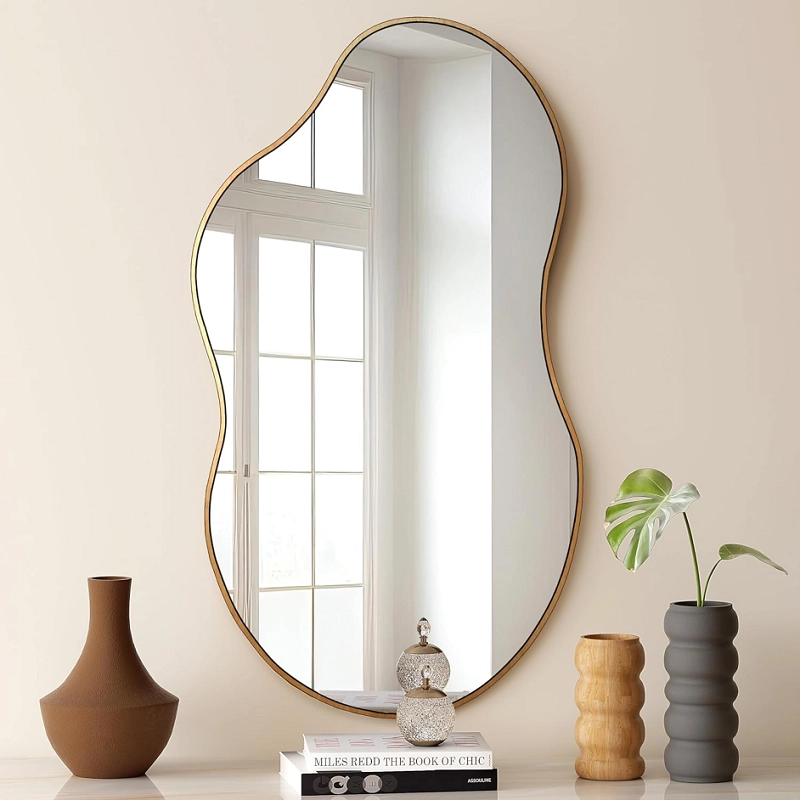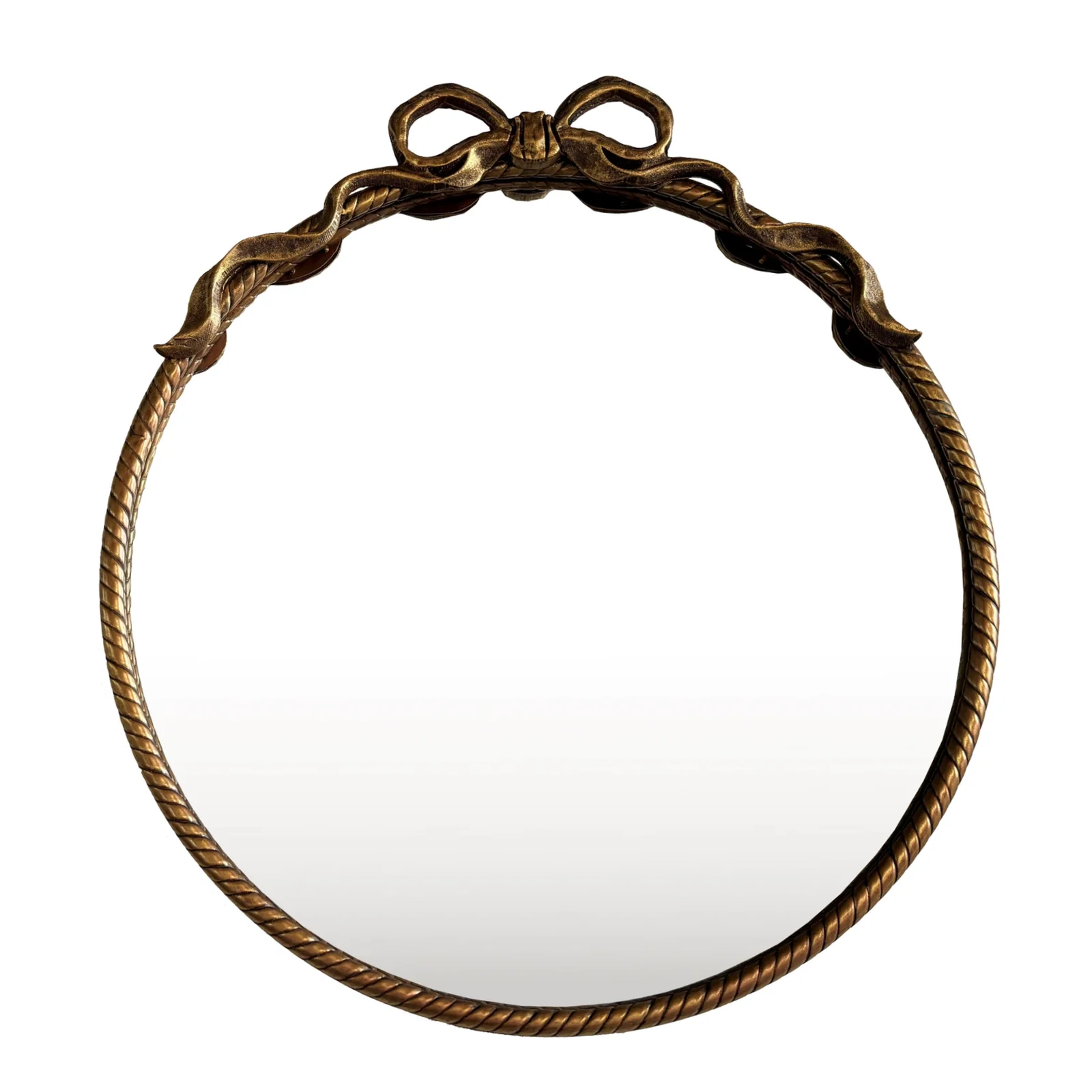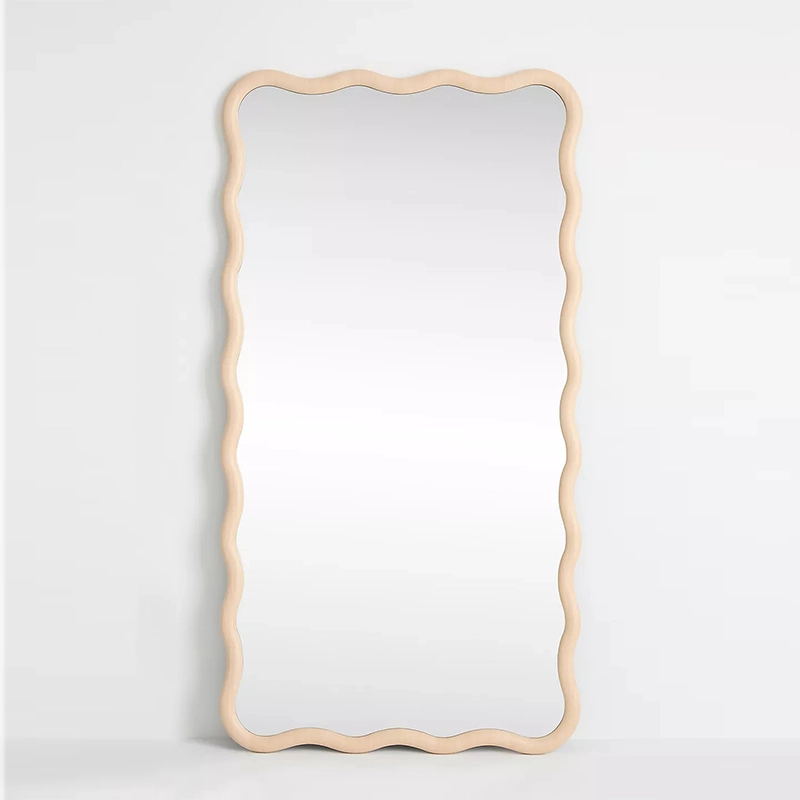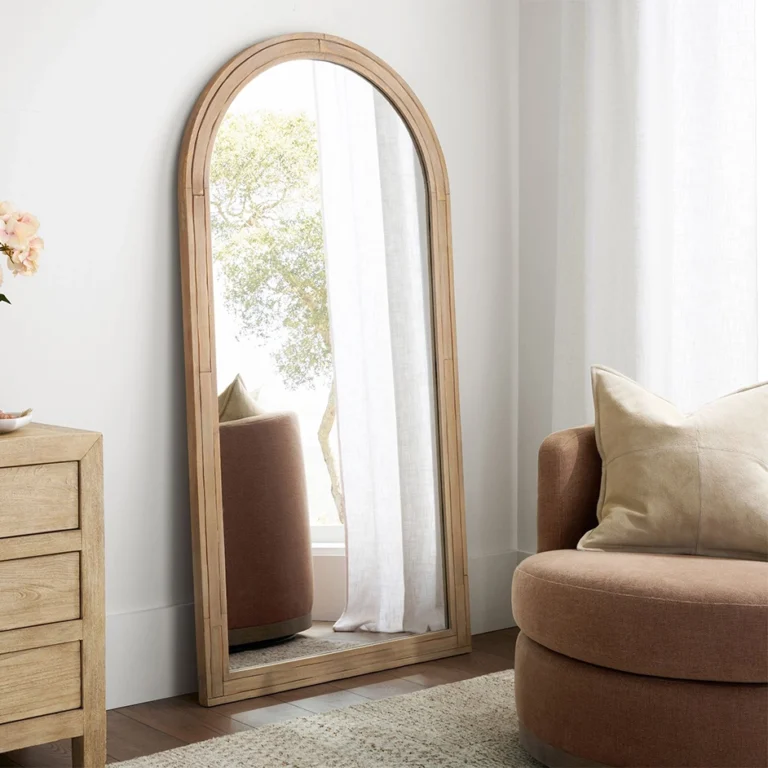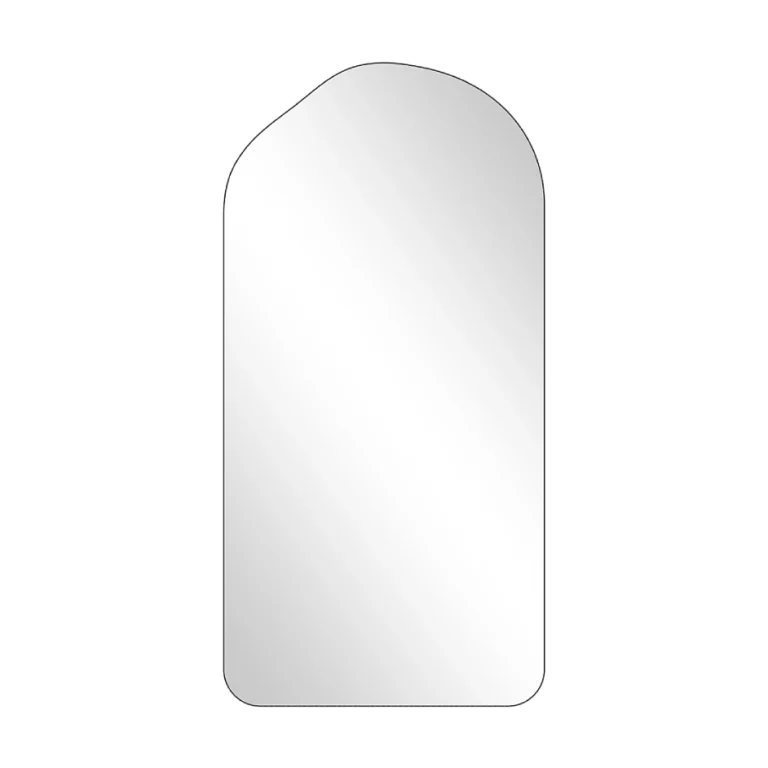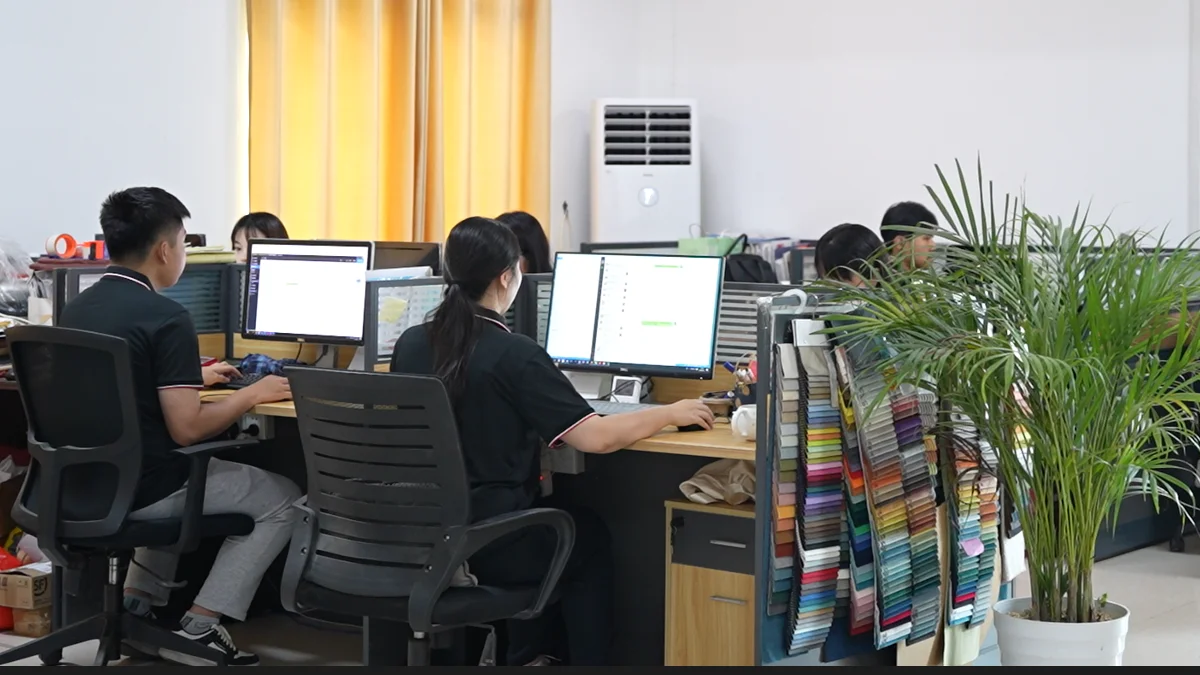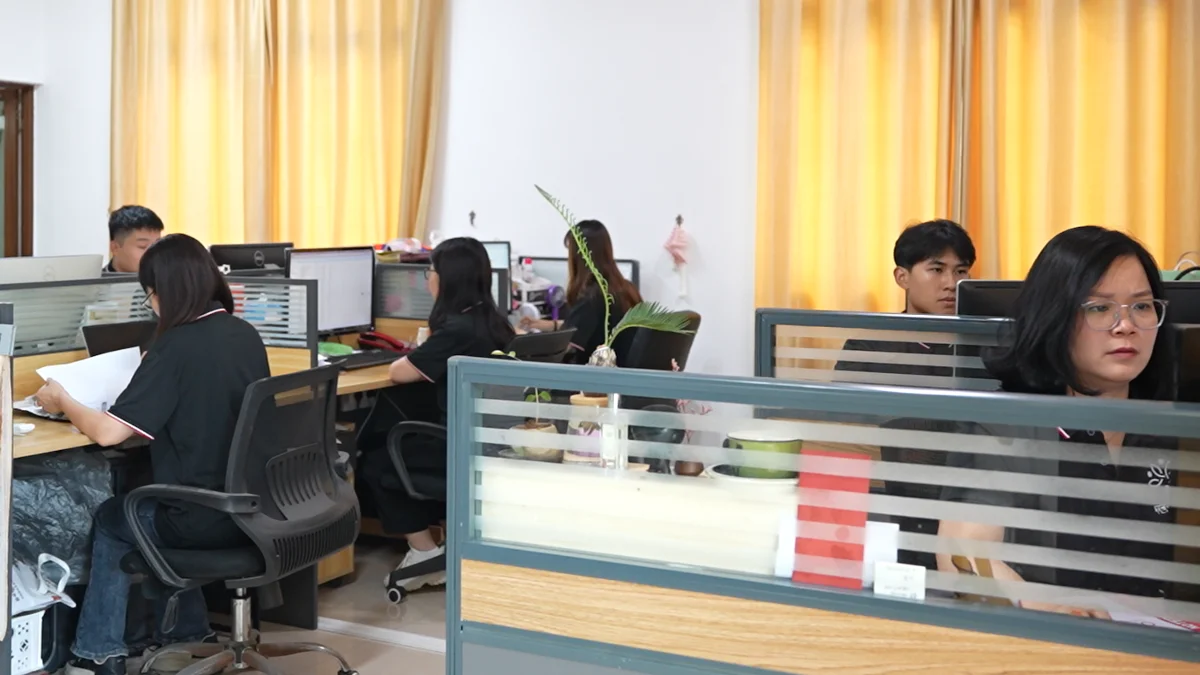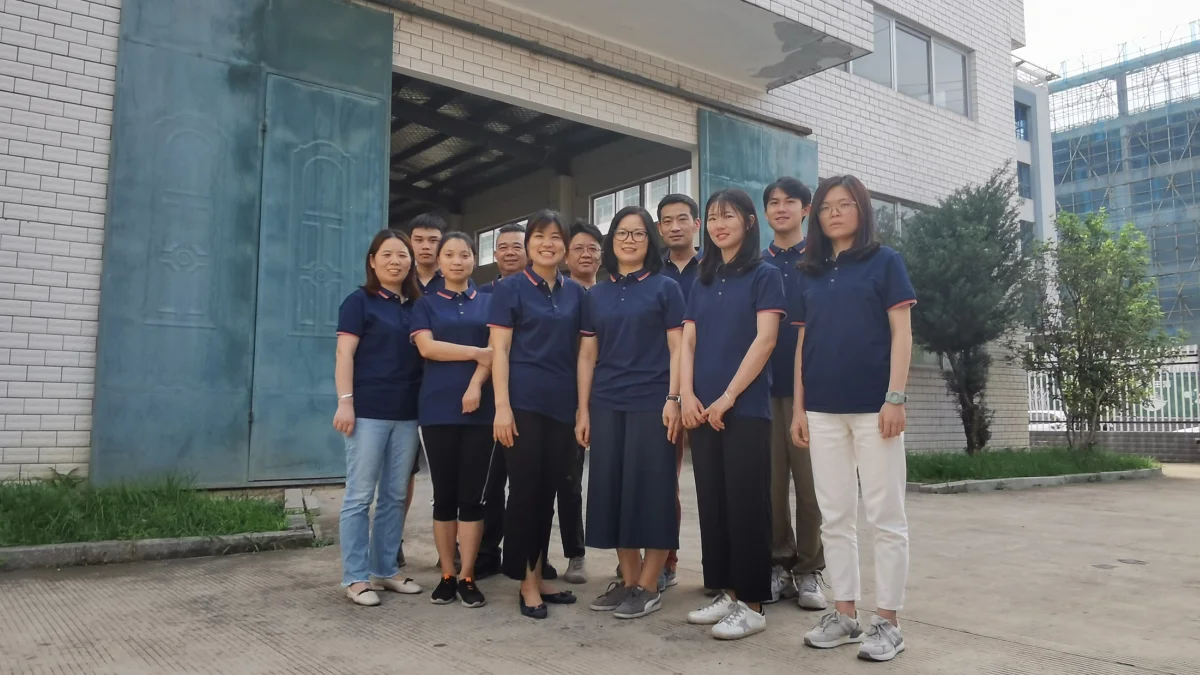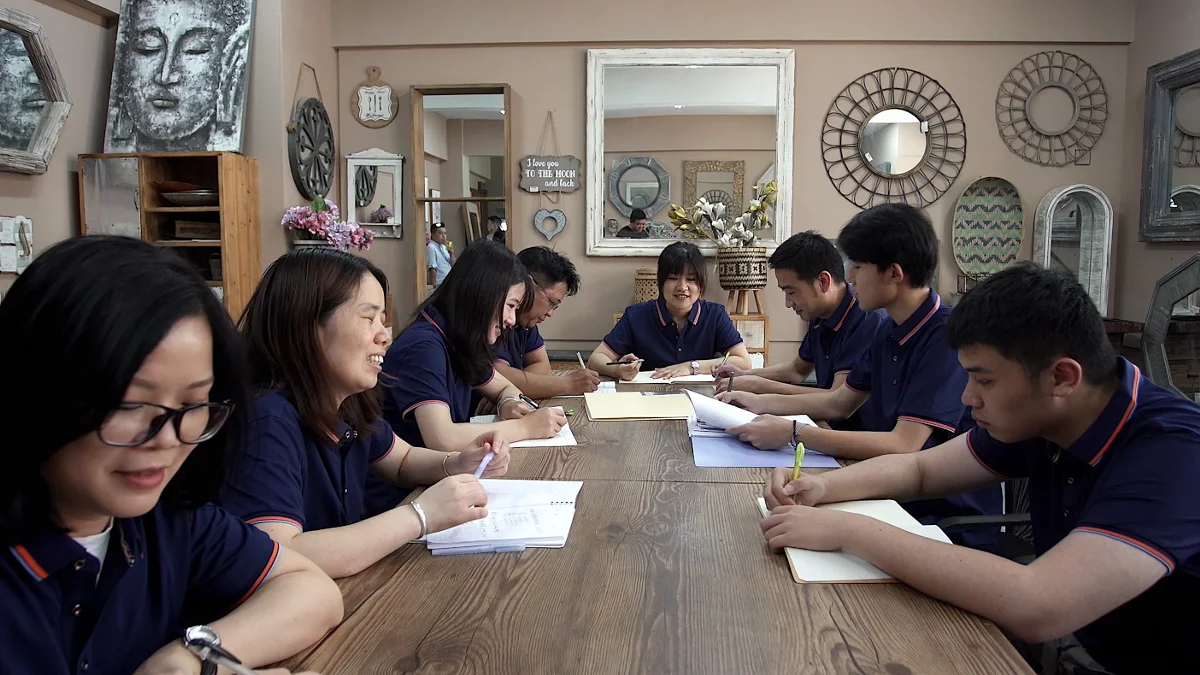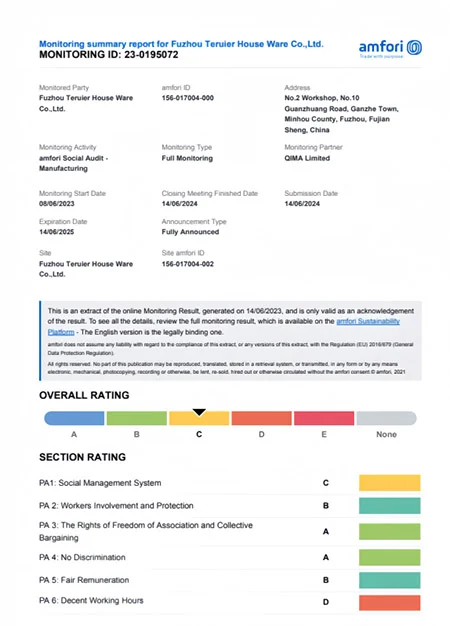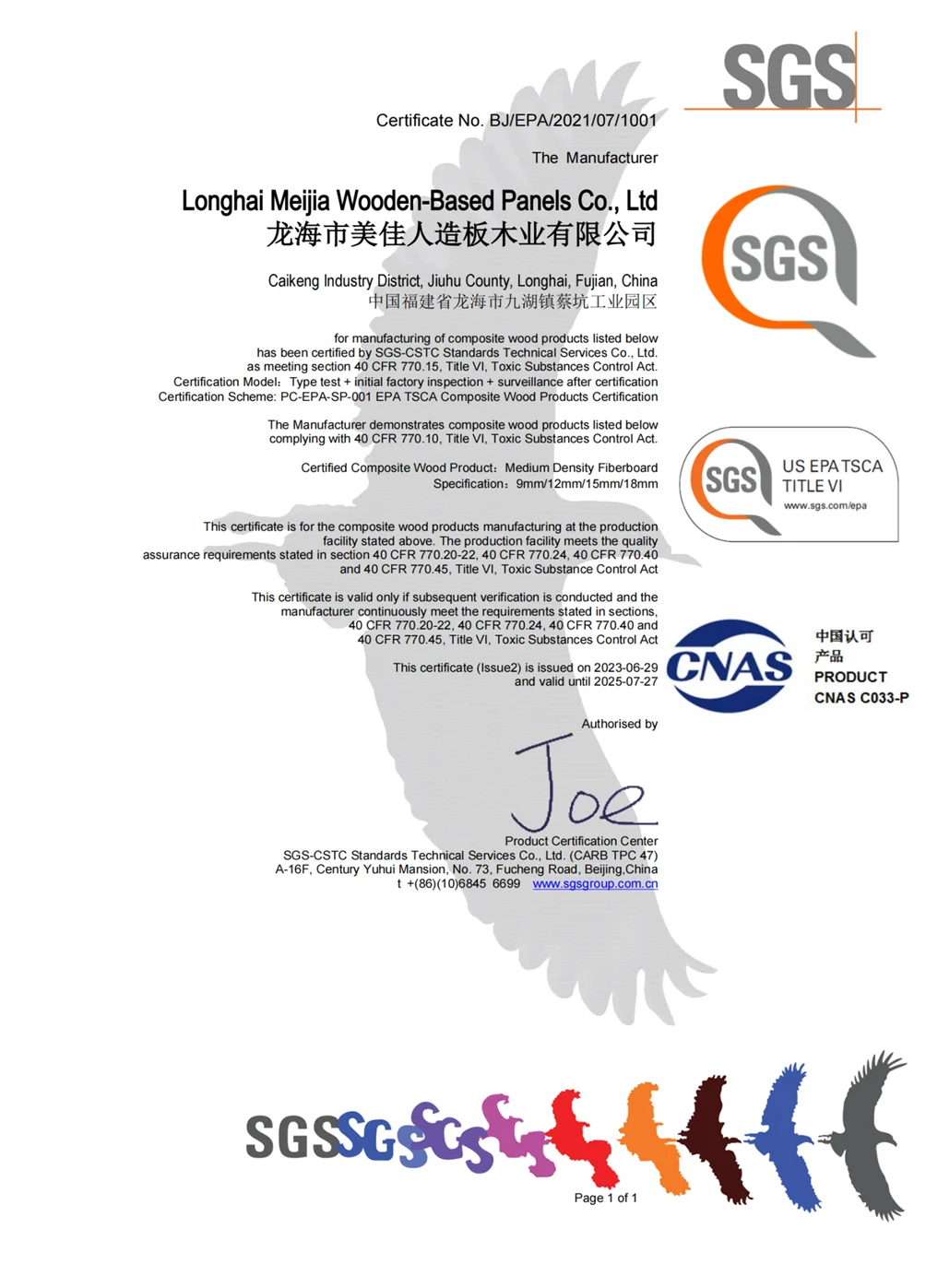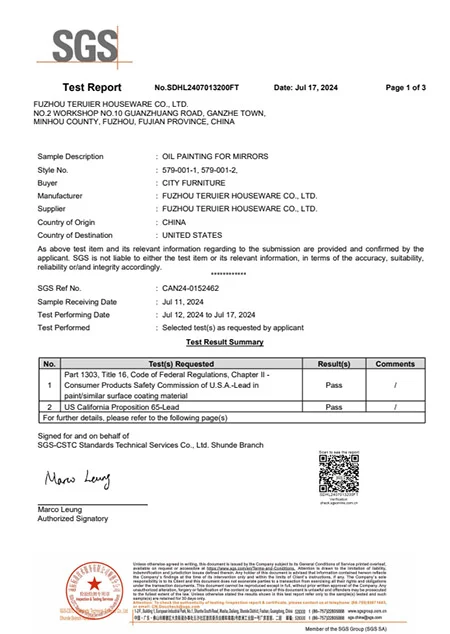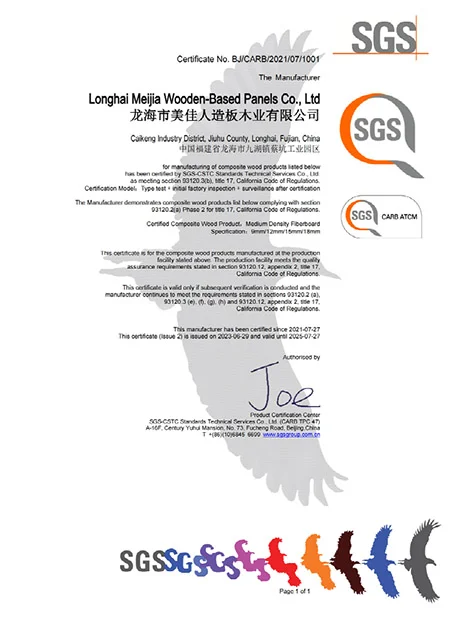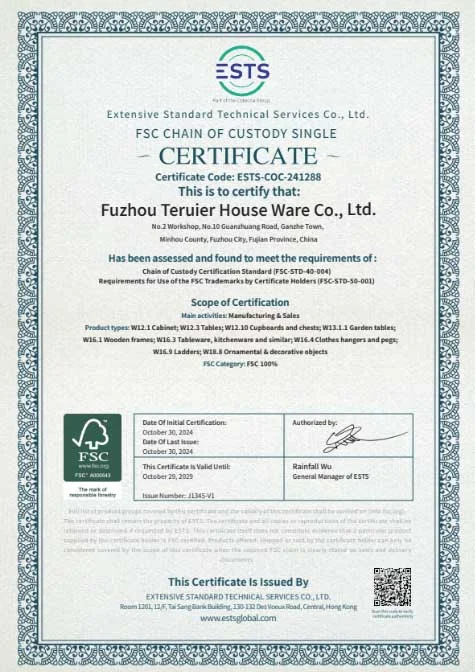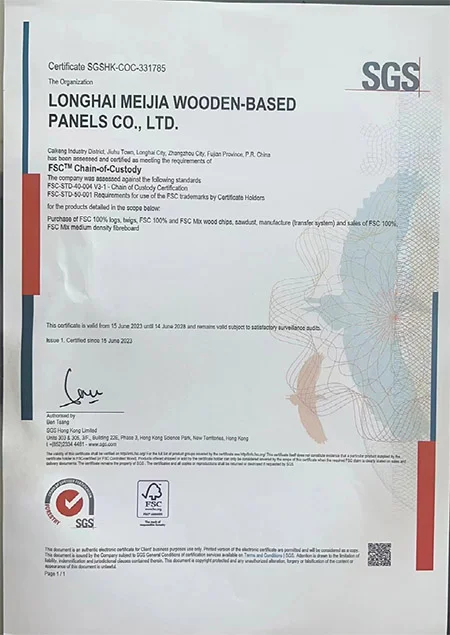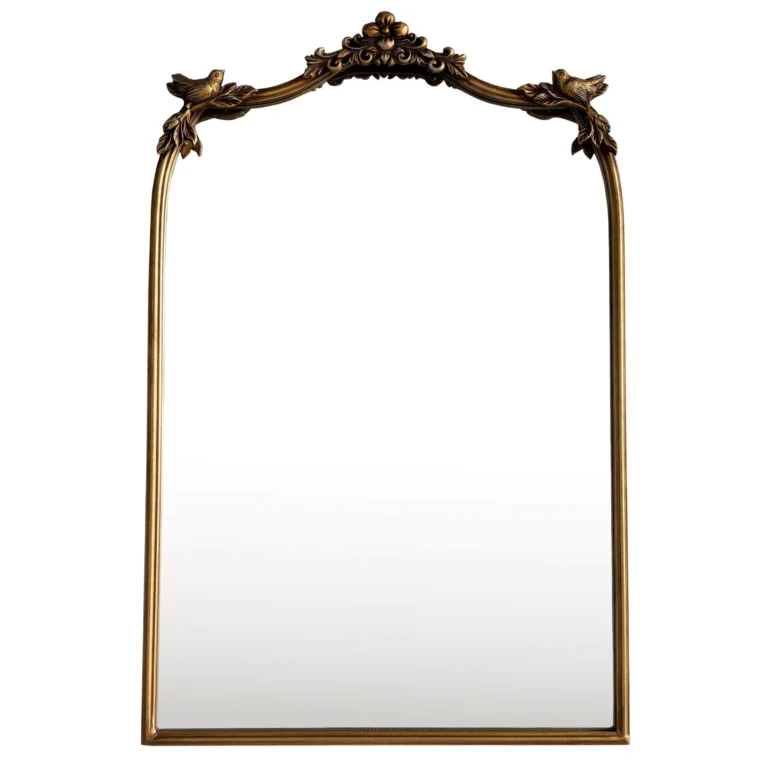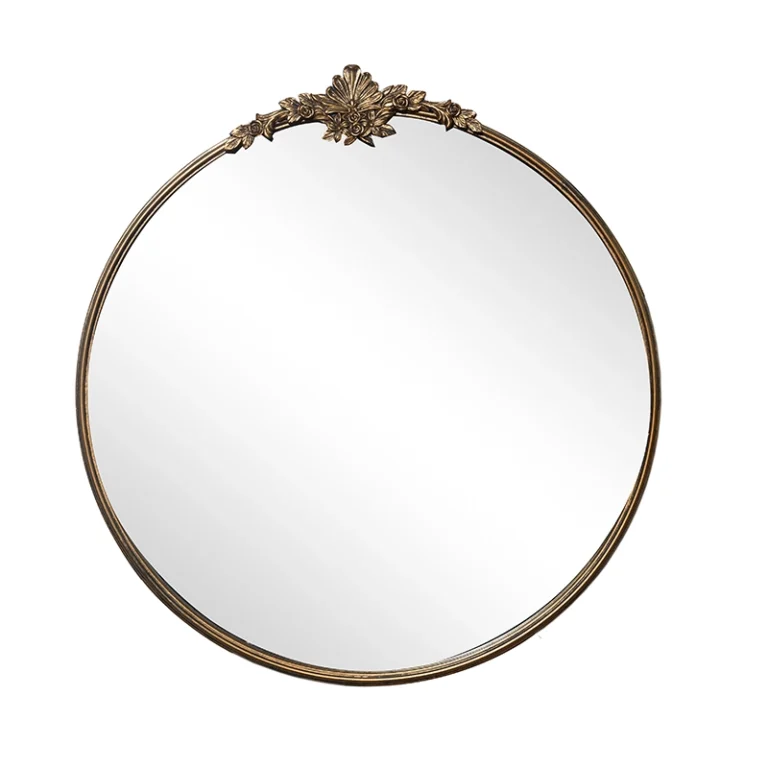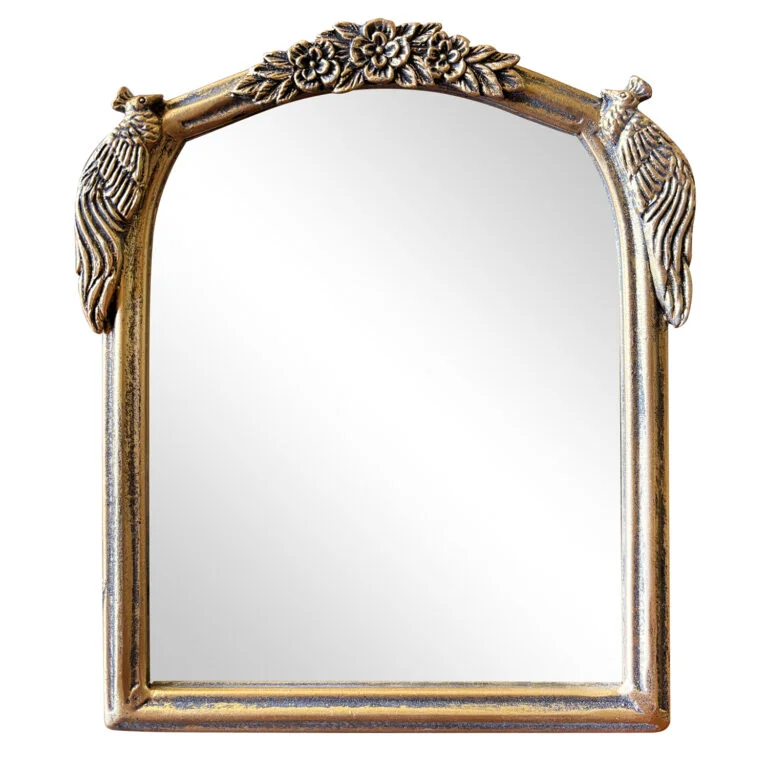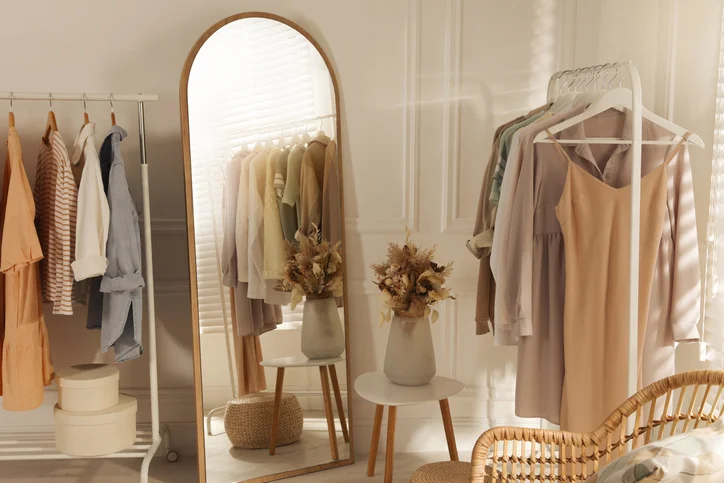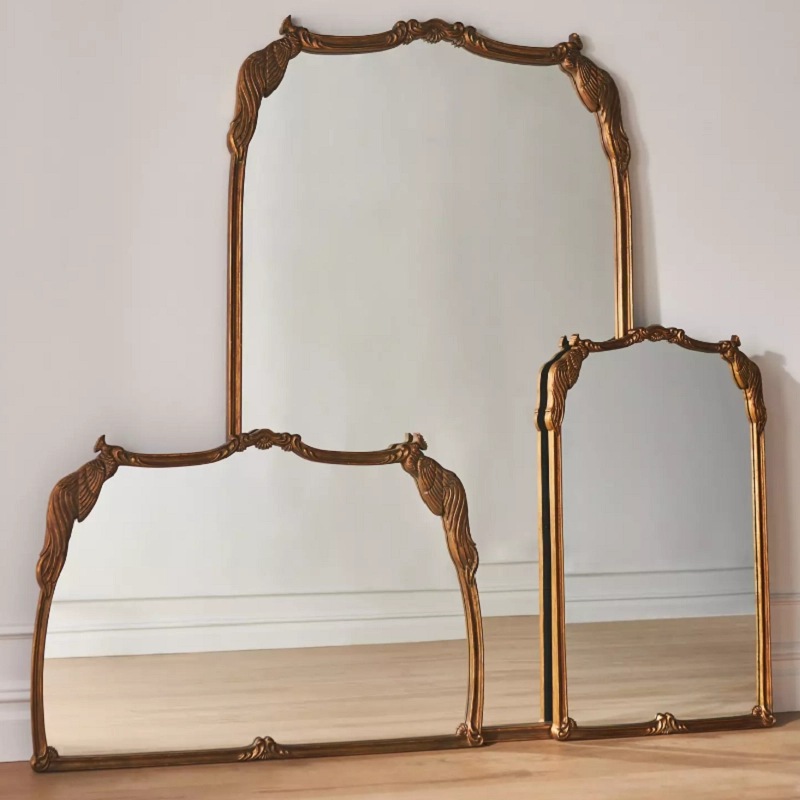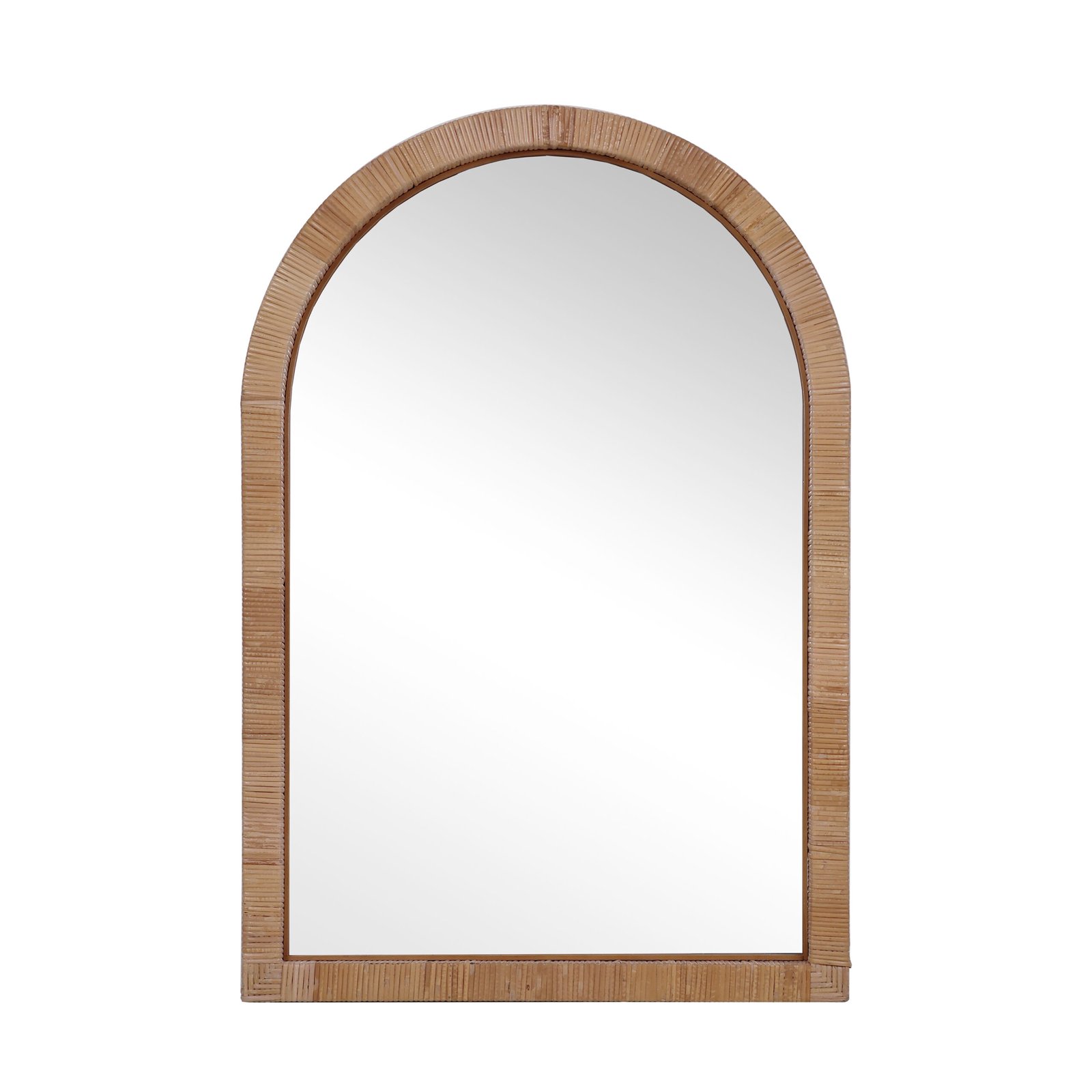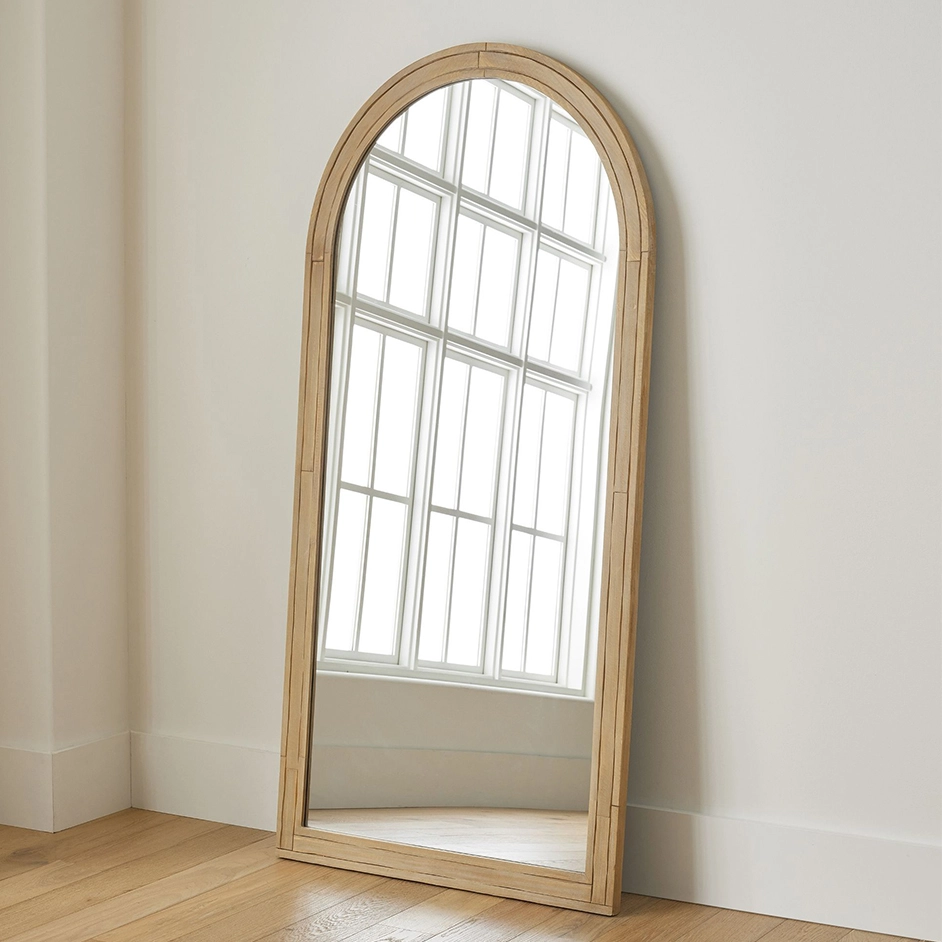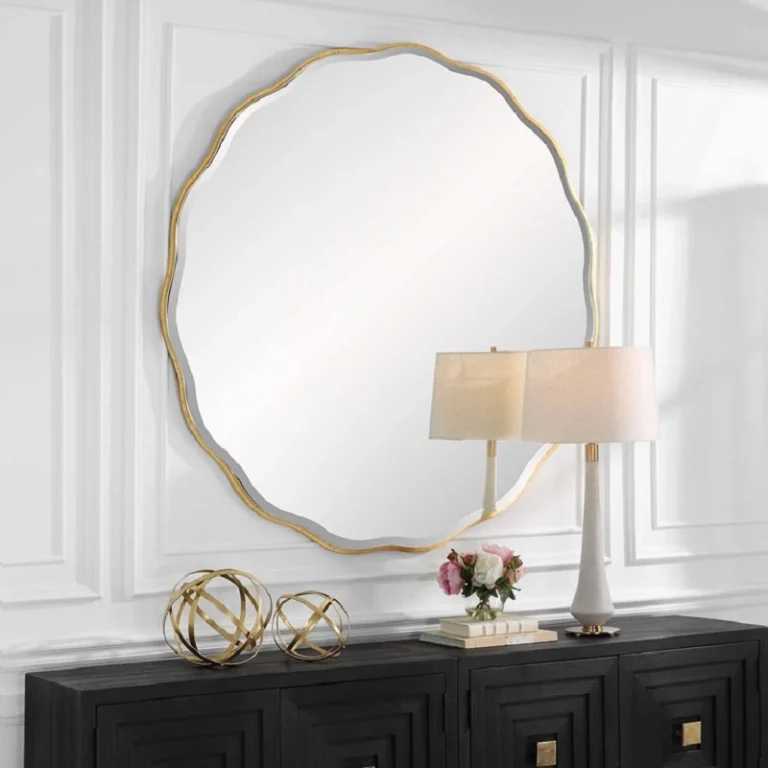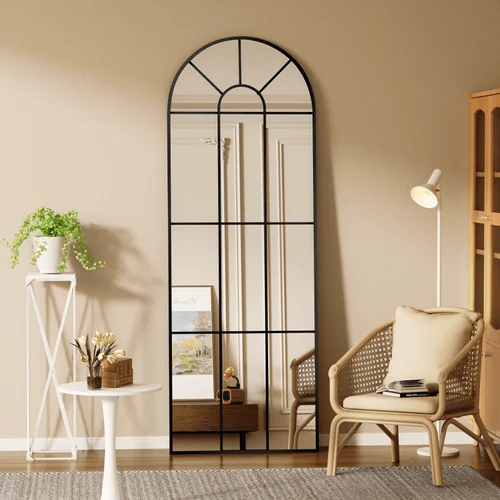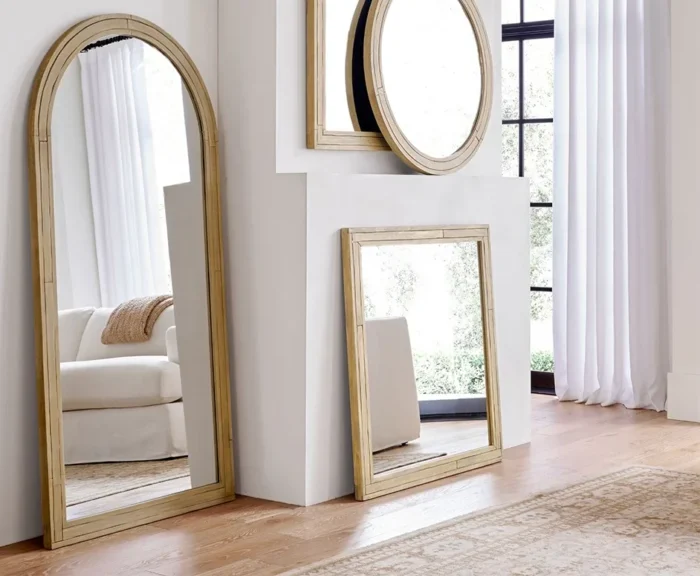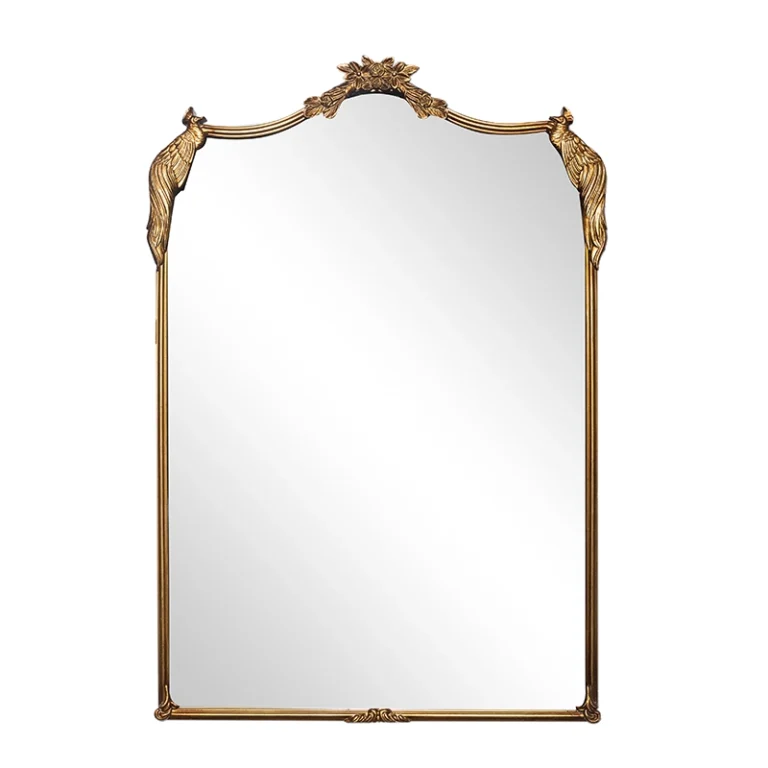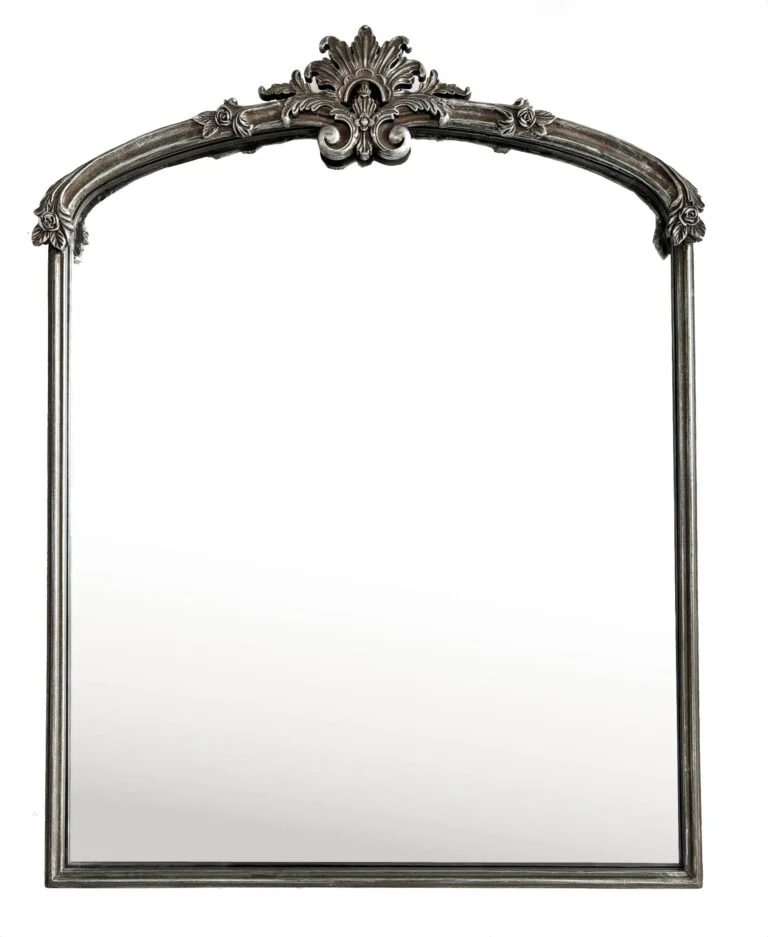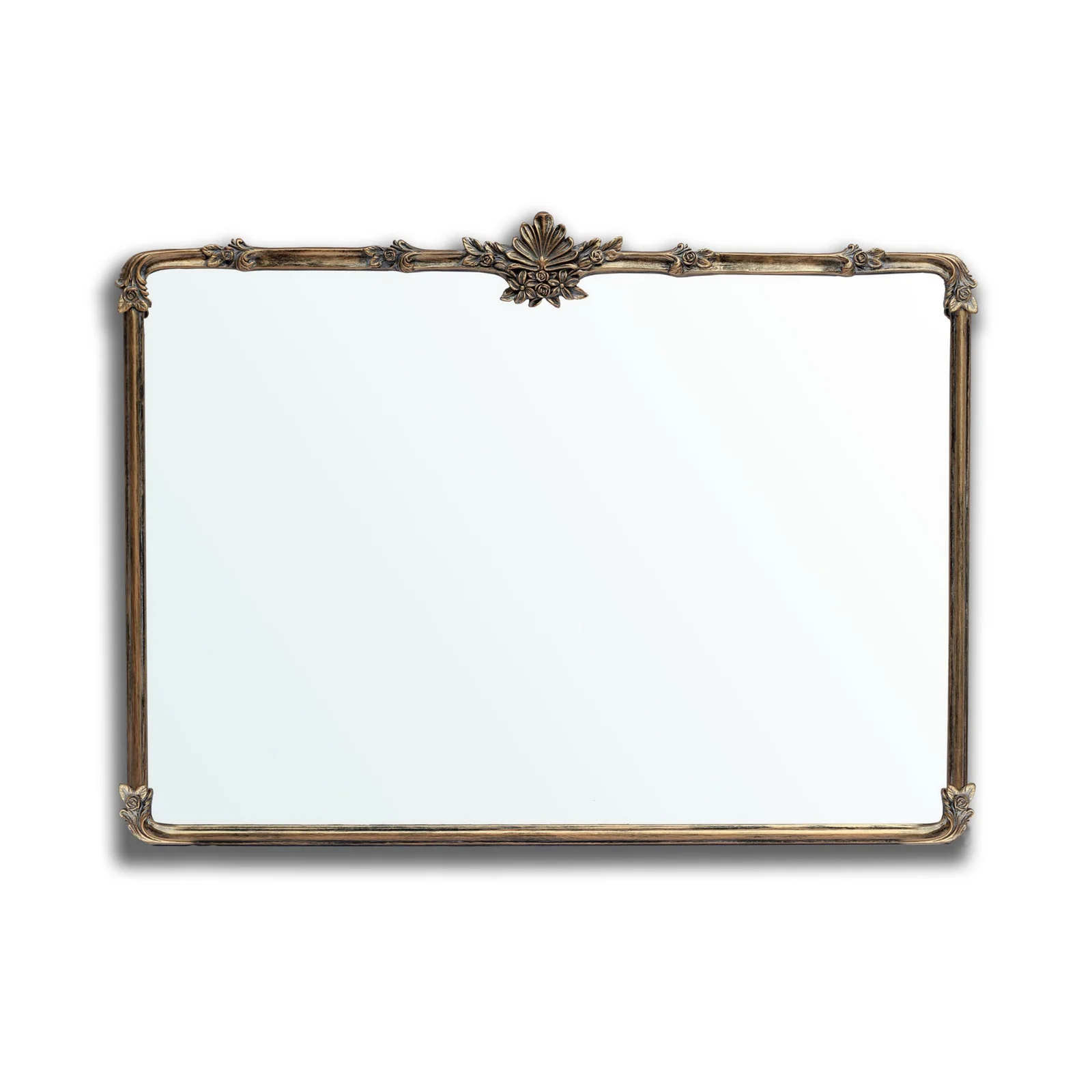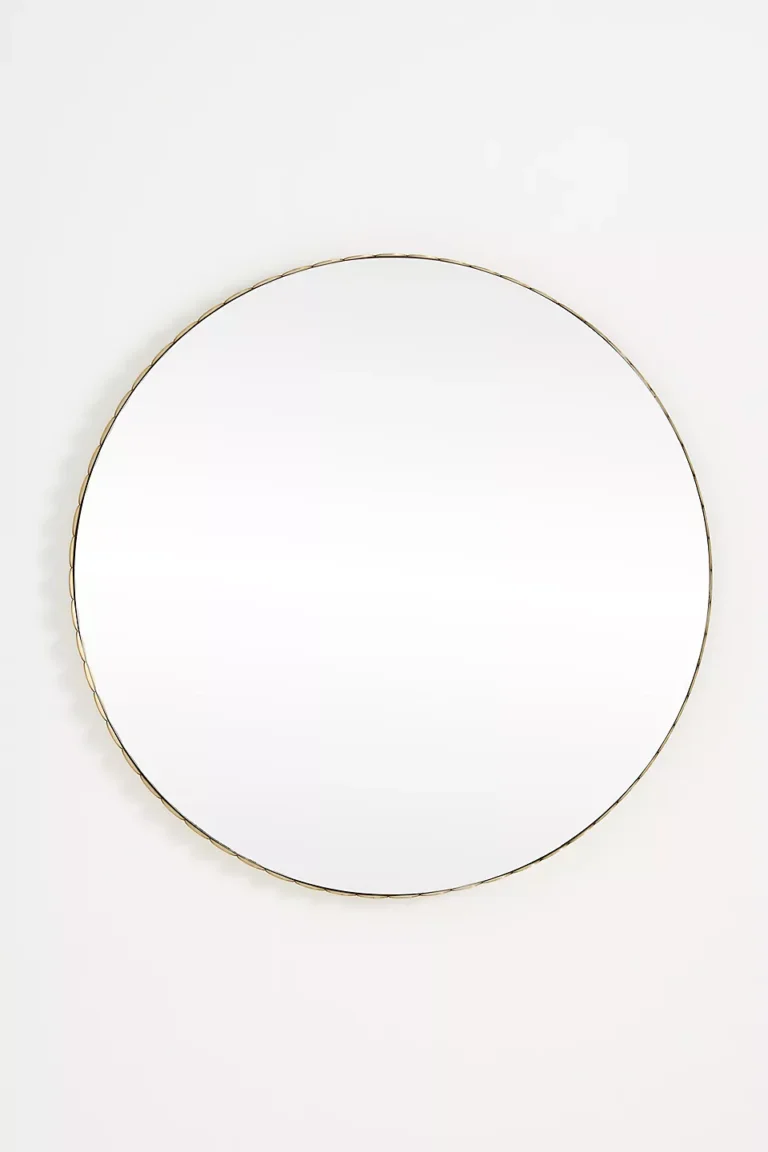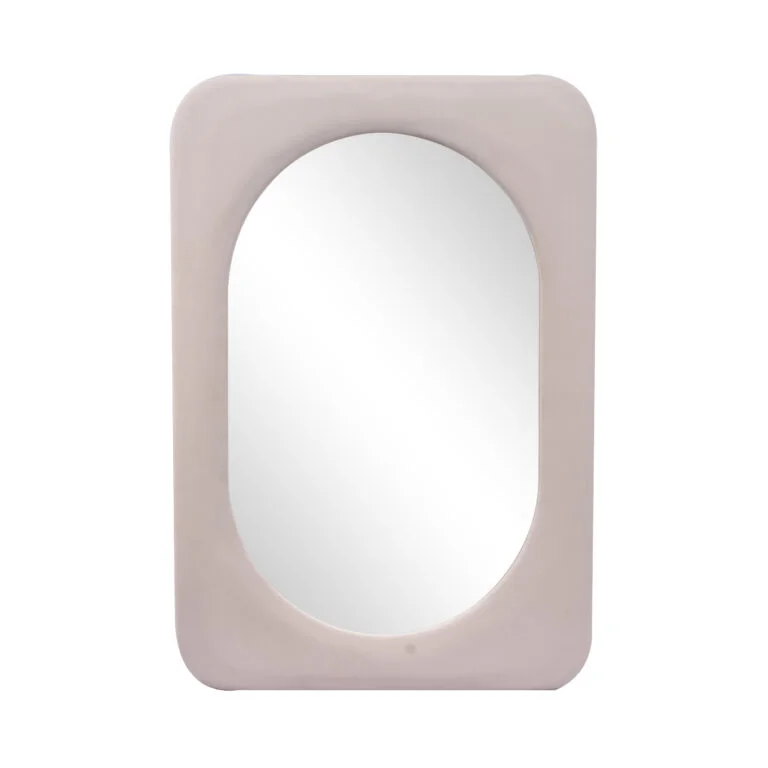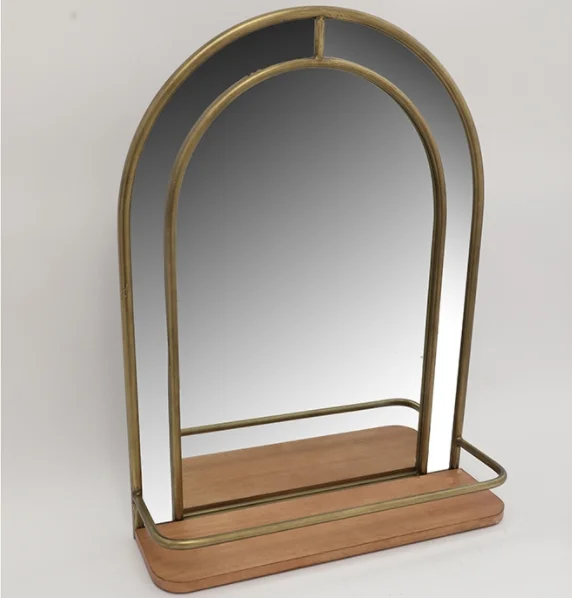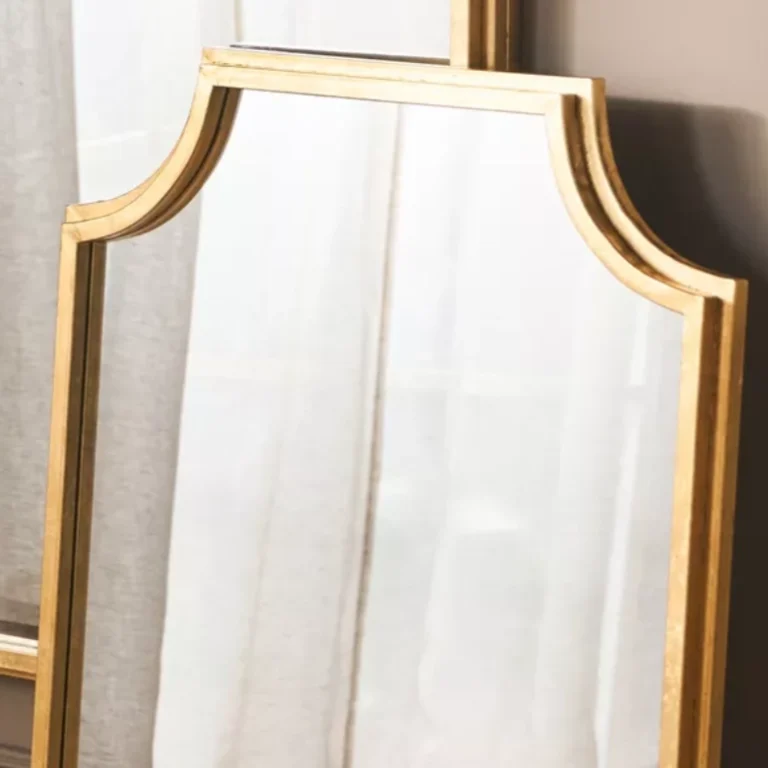teruiermirror
Teruiermirror Launches “Mirror Quartet”: Redefining the Aesthetic Standards of Mirrors in Commercial Spaces
Teruiermirror Launches “Mirror Quartet”: Redefining the Aesthetic Standards of Mirrors in Commercial Spaces
Global high-end mirror design brand Teruiermirror has officially unveiled its groundbreaking product series—“Mirror Quartet”—which redefines the aesthetic benchmarks for mirrors in commercial spaces through a revolutionary fusion of “material, light, form, and interaction.” Targeting premium retail, hospitality, and art exhibition sectors, the series merges technology and artistic innovation to deliver spatial visual solutions that balance functionality and storytelling.
Core Innovations of the Quartet
-
Material Revolution: From Reflection to Perception
Utilizing patented “nano-layered coating technology,” the mirrors incorporate adjustable light transmission and color gradient layers, enabling a single surface to simultaneously reflect, transmit, and filter light—adapting seamlessly to diverse commercial lighting environments. -
Dynamic Lightplay: Aesthetics in the Fourth Dimension
Embedded micro-LED arrays and smart sensors generate “light ripple” effects that respond to natural light shifts or human movement, transforming static mirrors into dynamic art installations that enhance spatial immersion. -
Asymmetric Forms: Deconstructing Spatial Narratives
Shattering conventional rectangular frames, the series introduces “Floating Fragments” and “Curved Infinity Mirrors,” leveraging geometric fragmentation and multi-angle refraction to expand the visual depth of commercial spaces. -
Human-Mirror Interaction: Data-Driven Aesthetic Experiences
An optional AR enhancement module allows users to activate brand information, virtual try-ons, and other interactive content via gestures or mobile devices—bridging aesthetics and commercial utility.
Commercial Applications
-
Retail Spaces: Dynamic mirrors guide customer flow while elevating product displays with cutting-edge visuals.
-
Hotel Lobbies: Infinity mirror effects craft surreal artistic atmospheres, reinforcing brand identity.
-
Art Exhibitions: Serving as interactive mediums, they deepen engagement between audiences and exhibits.
Luca Ferrante, Teruiermirror’s Design Director, states: “The essence of ‘Mirror Quartet’ lies in deconstructing the relationship between space and people through mirrors. We’ve moved beyond mere ‘reflection’—these mirrors become the ‘fifth facade’ of commercial environments.”
Generally speaking, our order requirements are as follows: the minimum order quantity (MOQ) for large items is 50 pieces, for regular items it is 100 pieces, for small items it is 500 pieces, and for very small items (such as ceramic decorations) the MOQ is 1,000 pieces. Orders exceeding $100,000 will receive a 5% discount. The delivery timeline is determined based on the specific order quantity and production schedule. Typically, we are able to complete delivery within two months.
